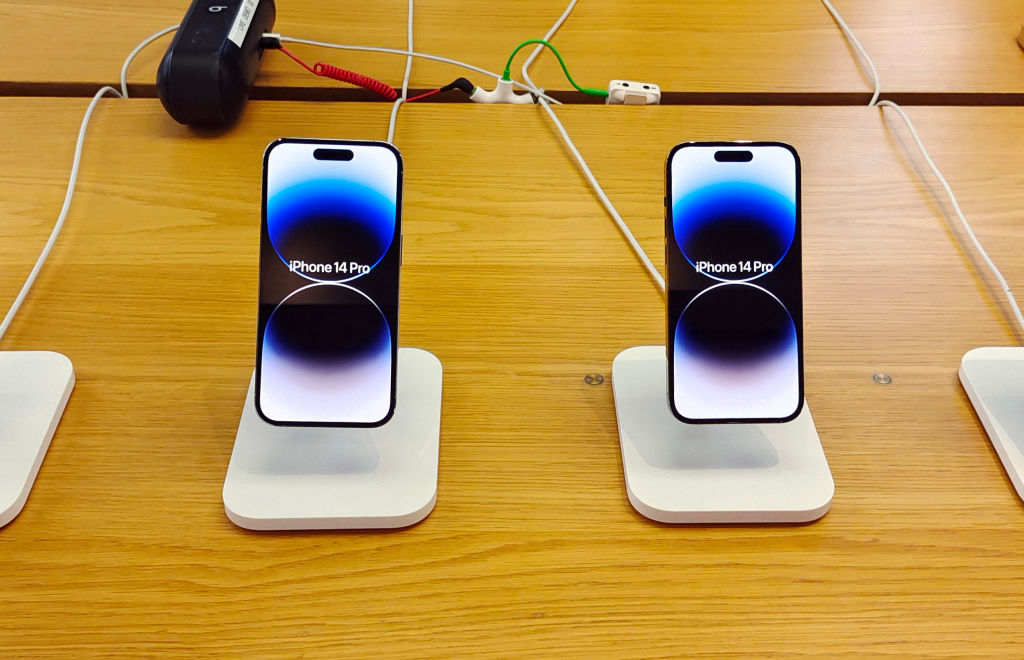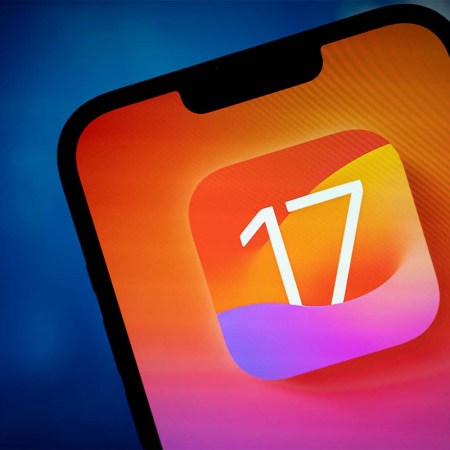At some point in the history of smartphones, designers and engineers began to reckon with an inevitable fact: people drop their phones. What might have been a device-ruining occurrence 10 years ago is now something a new phone might be able to shrug off. One friend of mine recalled watching a friend of hers literally throw his phone across a bar repeatedly to prove its indestructibility. (Note: this is not recommended behavior.) But there’s a big difference between being damage-resistant and damage-proof — and understanding just how much damage a phone can take is useful information to have on hand.
A recent study from Allstate Protection Plans put the new iPhone 14 Plus and iPhone 14 Pro Max — the largest of the four iPhone 14s now on sale — through a series of tests to determine how durable both phones are. The tests also explored how each stands up to their predecessors. The process involved three different drop tests — face-down and back-down on sidewalks, as well as side-down on a staircase.
Allstate Protection Plans’ previous tests found that the iPhone 12 and 13 were both very damage-resistant — but that the Pro editions were more prone to cracking due to their increased weight. With that in mind, it’s not surprising to learn that the new editions didn’t handle a six-foot drop onto the sidewalk all that well.
To put it another way, dropping the iPhone 14 Plus on its back onto a sidewalk resulted in damage to the camera housing, bullseye cracks, and both raised and loose glass — and that was the least amount of damage one of the phones took in the sidewalk drop tests.
All of the tests yielded cracks, with the iPhone 14 Pro Max accumulating hundreds of dollars’ worth of damage. (One of the takeaways from the study is the importance of getting a case and screen protector.) The study does applaud the addition of a removable back panel for the iPhone 14 and iPhone 14 Plus, however, as that’s a feature that can make repairs easier.
These tests serve a number of useful functions, and the point they make about the size of the phone is also well worth considering. If you have a tendency to drop your phone, a smaller iPhone might be the way to go to minimize repair costs down the line.
Thanks for reading InsideHook. Sign up for our daily newsletter and be in the know.


















